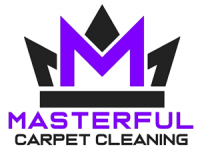Cleaning Methods for Tile Floors: A Guide

Tile floors are a popular choice for many homeowners due to their durability, ease of maintenance, and aesthetic appeal. To keep them looking their best, it’s important to use the right cleaning methods.
This guide will walk you through the most effective techniques for cleaning different types of tile floors, ensuring they remain spotless and long-lasting.
Different Types of Tile Floors
Not all tile floors are created equal. Each type of tile requires specific care to maintain its appearance and durability. Here’s a breakdown of the most common types of tile floors and how to care for them:
Ceramic and Porcelain Tiles
- Characteristics: Ceramic and porcelain tiles are known for their hard surface and resistance to stains and water. They are commonly used in kitchens, bathrooms, and other high-traffic areas.
- Cleaning Tips: Regular sweeping or vacuuming followed by damp mopping is usually sufficient to keep these tiles clean. Use a mild detergent mixed with warm water, and avoid harsh chemicals that can dull the surface.
Natural Stone Tiles
- Characteristics: Natural stone tiles like marble, granite, and travertine offer a luxurious look but require more care. These tiles are porous and can easily be damaged by acidic cleaners.
- Cleaning Tips: Use a pH-neutral cleaner specifically designed for stone surfaces. After cleaning, make sure to dry the tiles completely to prevent water spots. Sealing the tiles periodically will help protect against stains and moisture.
Vinyl and Linoleum Tiles
- Characteristics: Vinyl and linoleum tiles are softer than ceramic or stone, making them more prone to scratches but easier on the feet. They are often used in kitchens, bathrooms, and laundry rooms.
- Cleaning Tips: Sweep regularly to prevent dirt from scratching the surface. For mopping, use a mild detergent and avoid soaking the floor, as excessive water can seep into seams and cause damage.
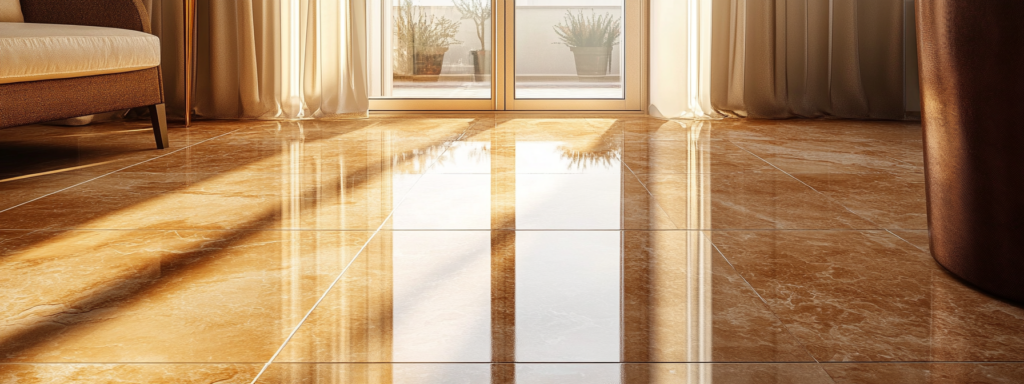
Daily Cleaning Tips for Tile Floors
Maintaining tile floors on a daily basis helps prevent dirt buildup and keeps them looking new. Here’s how to keep your tile floors spotless with minimal effort:
Sweeping and Dusting
- Why It Matters: Dust, dirt, and debris can act like sandpaper on your tile floors, causing scratches and dullness over time. Regular sweeping or dusting removes these particles before they can cause damage.
- Best Tools: Use a soft-bristle broom or a microfiber dust mop for daily cleaning. For larger areas, a vacuum cleaner with a hard floor setting can also be effective.
Mopping Techniques
- Frequency: Depending on foot traffic, tile floors should be mopped at least once a week. In high-traffic areas like kitchens and hallways, consider mopping more frequently.
- Best Practices: Use a damp mop with a mild detergent suitable for your tile type. Avoid using excessive water, as it can seep into grout lines and under tiles, potentially causing damage. Rinse the mop frequently to avoid spreading dirt.
Spot Cleaning
- Importance: Spills and stains should be addressed immediately to prevent them from setting in and becoming harder to remove.
- Effective Solutions: For general spills, a cloth dampened with warm water is usually sufficient. For tougher stains, use a specific cleaner designed for your type of tile or a homemade solution of water and baking soda.
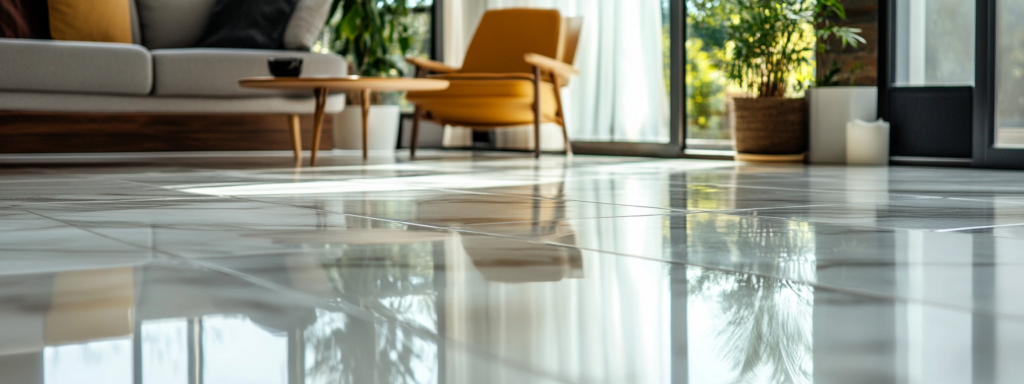
Deep Cleaning Methods for Tile Floors
Even with regular maintenance, tile floors occasionally require a deep clean to remove stubborn dirt, stains, and grime. The deep cleaning methods vary depending on the type of tile, ensuring both effectiveness and protection of the tile surface.
Deep Cleaning Ceramic and Porcelain Tiles
- Tools and Materials Needed:
- pH-neutral tile cleaner
- Soft-bristle brush or scrub pad
- Mop and bucket
- Warm water
- Steps:
- Prepare the Area: Remove any loose dirt and debris by sweeping or vacuuming the floor.
- Apply Cleaner: Mix a pH-neutral cleaner with warm water according to the manufacturer’s instructions. Apply the solution to the tiles using a mop.
- Scrub Gently: Use a soft-bristle brush or scrub pad to gently scrub the tiles, paying extra attention to areas with stains or heavy grime. Avoid using steel wool or abrasive pads that can scratch the tile surface.
- Rinse Thoroughly: After scrubbing, mop the floor with clean, warm water to remove any remaining cleaner. This helps prevent any residue from dulling the tile’s shine.
- Dry the Floor: Use a dry mop or towels to dry the tiles completely, preventing water spots and ensuring a streak-free finish.
Deep Cleaning Natural Stone Tiles
- Tools and Materials Needed:
- pH-neutral stone cleaner
- Soft cloths or microfiber pads
- Mop and bucket
- Clean, dry towels
- Steps:
- Remove Surface Dirt: Begin by sweeping or vacuuming the floor to remove loose particles that could scratch the stone.
- Apply Stone Cleaner: Dilute the pH-neutral stone cleaner in warm water. Apply the solution with a mop, ensuring it’s evenly spread across the floor.
- Wipe and Scrub: Use a soft cloth or microfiber pad to gently scrub the stone surface, focusing on any stains or heavily soiled areas. Avoid acidic or abrasive cleaners that can damage the stone.
- Rinse Well: Thoroughly rinse the floor with clean water to remove all traces of the cleaner. Any residue left behind can damage the stone over time.
- Dry Completely: Dry the floor with clean towels or a dry mop to avoid water spots and maintain the stone’s natural luster.
Grout Cleaning Techniques
- Tools and Materials Needed:
- Grout cleaner or a homemade solution (e.g., baking soda and vinegar)
- Grout brush or old toothbrush
- Sponge or cloth
- Warm water
- Steps:
- Apply Grout Cleaner: Spray a grout cleaner or apply a homemade paste of baking soda and water directly onto the grout lines.
- Scrub the Grout: Use a grout brush or an old toothbrush to scrub the grout, working the cleaner into the crevices. Focus on areas with visible stains or discoloration.
- Rinse the Area: After scrubbing, wipe away the cleaner with a sponge or cloth dampened with warm water. Be thorough in removing any cleaner residue.
- Dry the Grout: Allow the grout to dry completely before walking on the floor. This prevents any new dirt from settling into the damp grout lines.
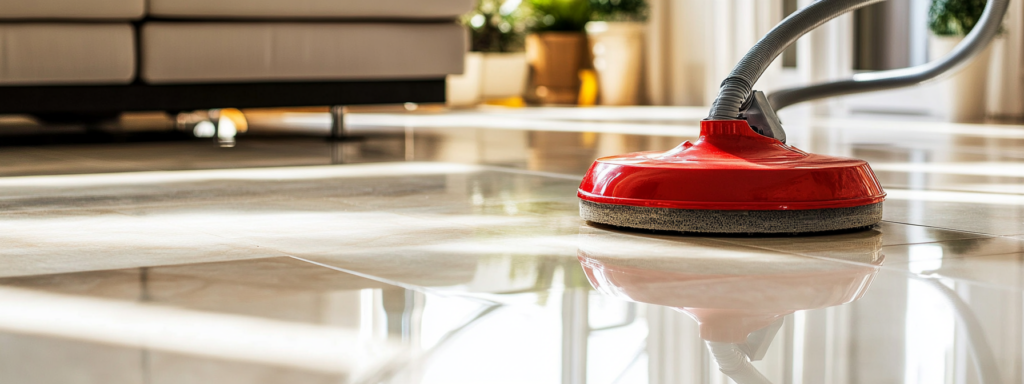
Common Mistakes to Avoid When Cleaning Tile Floors
Maintaining the beauty and durability of your tile floors requires more than just regular cleaning—it’s also important to avoid common mistakes that could cause damage over time.
Using Harsh Chemicals
- Why to Avoid: Harsh chemicals, such as bleach or ammonia, can damage the finish of your tiles, particularly natural stone. These chemicals can also degrade grout, leading to crumbling or discoloration.
- Alternative: Use pH-neutral cleaners specifically formulated for your type of tile. These cleaners are effective at removing dirt and stains without causing harm to the tiles or grout.
Over-Wetting the Floor
- Why to Avoid: Excessive water can seep into grout lines and beneath tiles, causing damage to the subfloor and weakening the grout. Over time, this can lead to mold growth or tile lifting.
- Alternative: Always wring out your mop thoroughly before applying it to the floor. Use only enough moisture to clean the surface, and dry the floor immediately after mopping.
Neglecting Regular Maintenance
- Why to Avoid: Skipping regular maintenance can lead to the buildup of dirt, grime, and stains that become more difficult to remove over time. This neglect can also shorten the lifespan of your tile floors.
- Alternative: Stick to a regular cleaning schedule that includes sweeping, mopping, and periodic deep cleaning. Regular maintenance not only keeps your floors looking their best but also extends their longevity.

Maintaining Tile Floors for Longevity
Proper maintenance is fundamental to preserving the beauty and durability of tile floors over the long term. By following these expert tips, you can extend the life of your tiles and keep them looking as good as new.
Regular Sealing
- Importance: Sealing is very important for natural stone tiles and grout lines. Unsealed grout can absorb spills and stains, while unsealed stone is more susceptible to etching and discoloration.
- Frequency:
- Natural Stone: Seal your natural stone tiles every 6 to 12 months, depending on foot traffic and exposure to moisture.
- Grout Lines: Grout should be sealed every 1 to 2 years to protect against stains and moisture.
- How to Seal:
- Clean the Surface: Ensure the tiles and grout are clean and dry before applying the sealer.
- Apply the Sealer: Use a brush or applicator pad to apply the sealer evenly across the tiles and grout lines.
- Allow to Penetrate: Let the sealer penetrate for the time recommended by the manufacturer, usually 5 to 10 minutes.
- Wipe Off Excess: Wipe away any excess sealer with a clean, dry cloth.
- Cure Time: Avoid walking on the floor for at least 24 hours to allow the sealer to cure properly.
Proper Ventilation
- Importance: Good ventilation helps prevent moisture buildup, which can lead to mold, mildew, and damage to both the tiles and grout. This is particularly important in areas like bathrooms, kitchens, and laundry rooms.
- Tips for Ventilation:
- Use Exhaust Fans: Install and regularly use exhaust fans in bathrooms and kitchens to reduce humidity levels.
- Open Windows: Whenever possible, open windows to allow fresh air to circulate and moisture to escape.
- Dehumidifiers: In particularly humid environments, use a dehumidifier to control moisture levels, especially in rooms with tile flooring.
Periodic Professional Cleaning
- Why It’s Necessary: While regular maintenance can keep your floors in good condition, periodic professional cleaning ensures a deeper clean that can remove ingrained dirt, stains, and bacteria that regular cleaning might miss.
- Benefits:
- Deep Cleaning: Professional cleaners use specialized equipment and solutions that penetrate deeper into the tiles and grout, leaving your floors truly clean.
- Prolonged Longevity: Regular professional cleaning can help extend the life of your tiles by preventing the buildup of damaging residues.
- Restoration: Professionals can also restore the original shine and luster of your tiles, making them look new again.
- Recommended Frequency: Schedule professional cleaning services at least once a year, or more frequently in high-traffic areas.
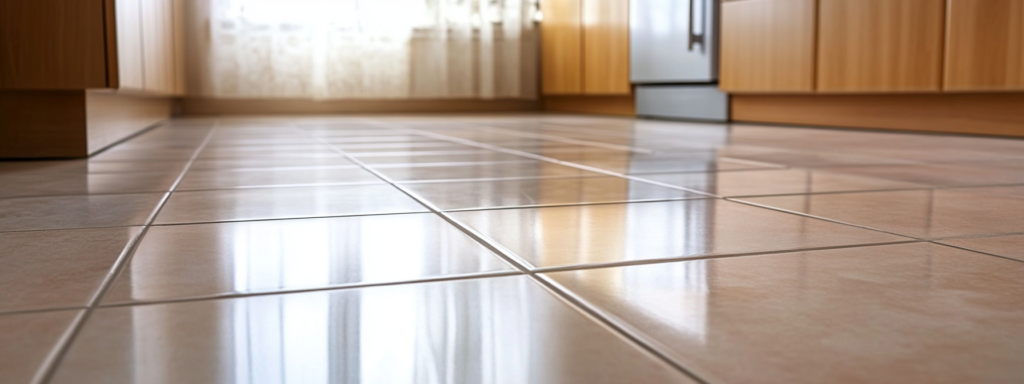
Give Your Tile Floors a Masterful Clean
Maintaining tile floors involves more than just regular cleaning; it requires an understanding of the specific needs of your tiles and a commitment to ongoing care.
By sealing your tiles, ensuring proper ventilation, and investing in periodic professional cleaning, you can protect your floors from damage, maintain their appearance, and extend their lifespan.
For expert tile floor cleaning and maintenance services, trust Masterful Carpet Cleaning. Our professional team uses the latest techniques and eco-friendly products to keep your tile floors in pristine condition.
Contact us today to schedule your next cleaning and experience the difference that professional care can make.
Author
-

As the Co-Owner of Masterful, Randy has been providing quality cleaning services to the Salem and Portland areas of Oregon for many years. He has built a reputation for excellence in the industry. His team take prides in using the latest cleaning techniques and technologies to deliver exceptional results every time.
View all posts
